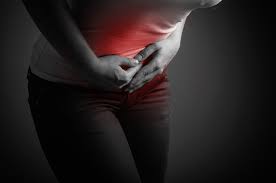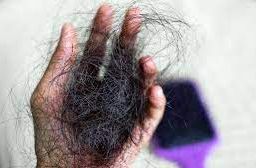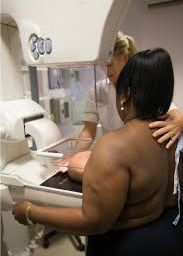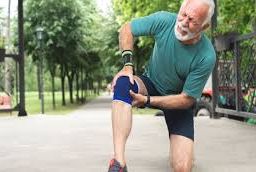
Endometriosis Awareness: Myths, Facts, Diagnosis & Treatment Guide
Endometriosis is a prevalent medical condition that demands understanding and awareness. As we delve into the intricacies of this disorder, we’ll uncover the truths behind common myths, shedding light on effective management strategies and the importance of early diagnosis.

Endometriosis is a complex and often misunderstood medical condition that affects millions of people worldwide, primarily those with female reproductive systems. Unfortunately, several myths and misconceptions about endometriosis persist, leading to misinformation and misunderstanding.
Myth #1: Endometriosis is just bad menstrual cramps.
Fact: While painful menstrual cramps can be a symptom of endometriosis, the condition is far more than just “bad cramps.” It occurs when tissue similar to the lining of the uterus grows outside the uterus. This tissue can cause severe pain, pelvic pain, pain during intercourse, and other symptoms that can significantly impact a person’s quality of life.
Myth #2: Endometriosis only affects older women.
Fact: This condition can affect people of all ages, from teenagers to those in their menopausal years. It is not exclusive to older women. Early diagnosis and intervention are crucial for managing the condition effectively.
Myth #3: Pregnancy cures endometriosis.
Fact: While some people with endometriosis may experience temporary relief from symptoms during pregnancy, it is not a cure. It can return after pregnancy or worsen in some cases. Treatment options should be discussed with a healthcare provider to manage symptoms and reduce the risk of complications.
Myth #4: A hysterectomy is the only treatment for endometriosis.
Fact: A hysterectomy, the surgical removal of the uterus, is not the only treatment option for endometriosis. In fact, it may not be suitable for everyone. There are various medical and surgical treatments available, including hormonal therapies, laparoscopic surgery, and conservative surgery to remove endometrial lesions while preserving the uterus and fertility.
Myth #5: Infertility is guaranteed if you have endometriosis.
Fact: While this condition can be associated with infertility, it does not guarantee that a person will be unable to conceive. Many individuals with endometriosis can still have children, but it may require fertility treatments or assisted reproductive technologies. Early diagnosis and appropriate management can improve fertility outcomes.

Myth #6: Endometriosis is a psychological condition.
Fact: It is a physical medical condition characterized by the presence of endometrial tissue outside the uterus. It is not a psychological disorder. However, the chronic pain and other symptoms associated with this condition can have a significant impact on a person’s mental health and well-being.
Myth #7: Endometriosis is rare.
Fact: It is more common than many people realize. It affects an estimated 1 in 10 people with female reproductive systems. Despite its prevalence, it is often underdiagnosed or misdiagnosed, highlighting the need for increased awareness and education.
Myth #8: Painful periods are normal; there’s no need to seek help.
Fact: Painful periods that interfere with daily life are not normal. If you or someone you know is experiencing severe menstrual pain, pelvic pain, or other symptoms like painful intercourse or heavy bleeding, it’s essential to seek medical advice. Early diagnosis and appropriate treatment can make a significant difference in managing this condition.
Separating fact from fiction when it comes to endometriosis is essential for raising awareness and providing accurate information about this often-misunderstood condition. It is a complex medical condition that can have a profound impact on a person’s life, but with proper diagnosis and management, individuals can lead fulfilling and productive lives while managing their symptoms effectively. It is crucial to consult with healthcare professionals for accurate diagnosis and tailored treatment plans to address the unique needs of each individual with this condition.
Disclaimer: The information provided in this content is for general informational purposes only. It is not intended as medical or healthcare advice, diagnosis, or treatment. Always seek the advice of a qualified healthcare professional with any questions you may have regarding a medical condition or healthcare decisions.















